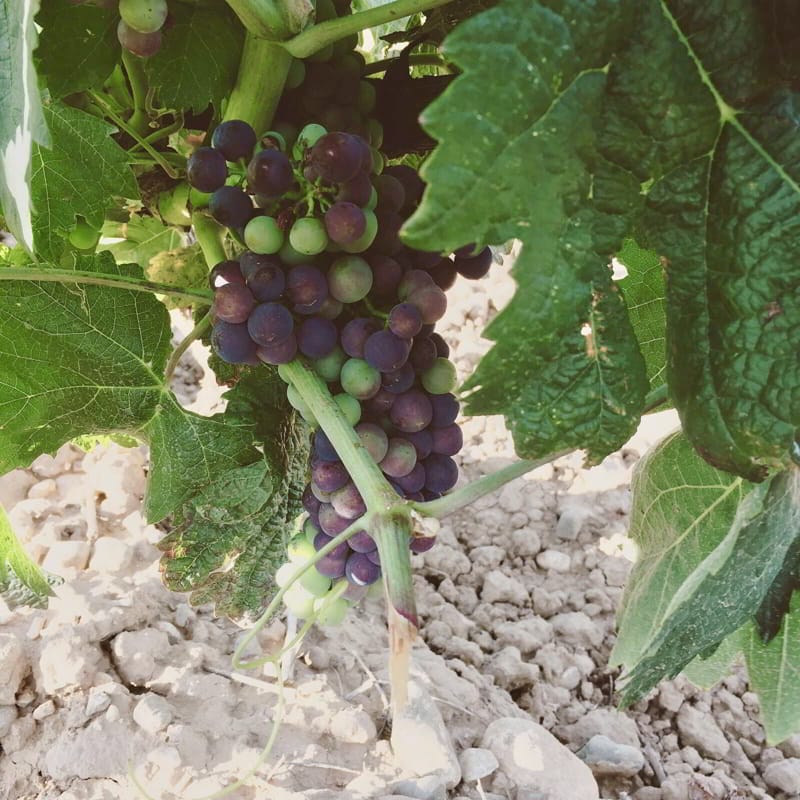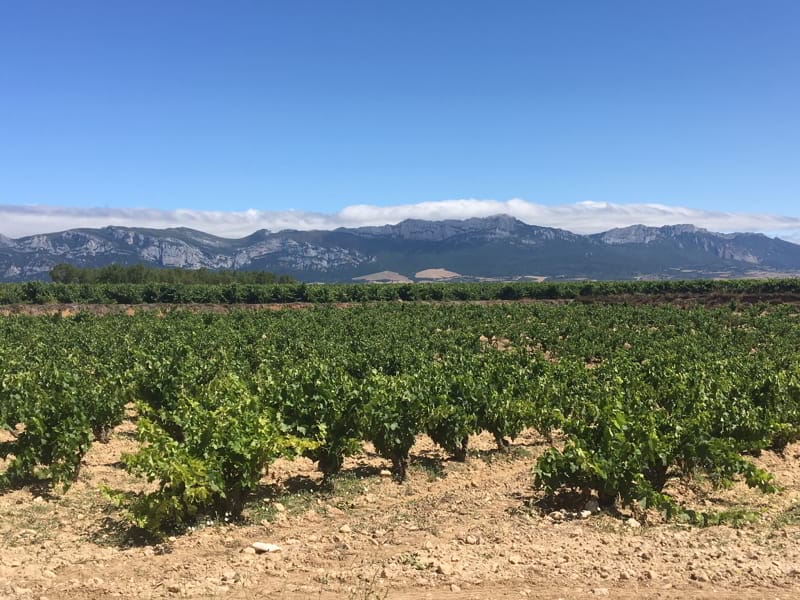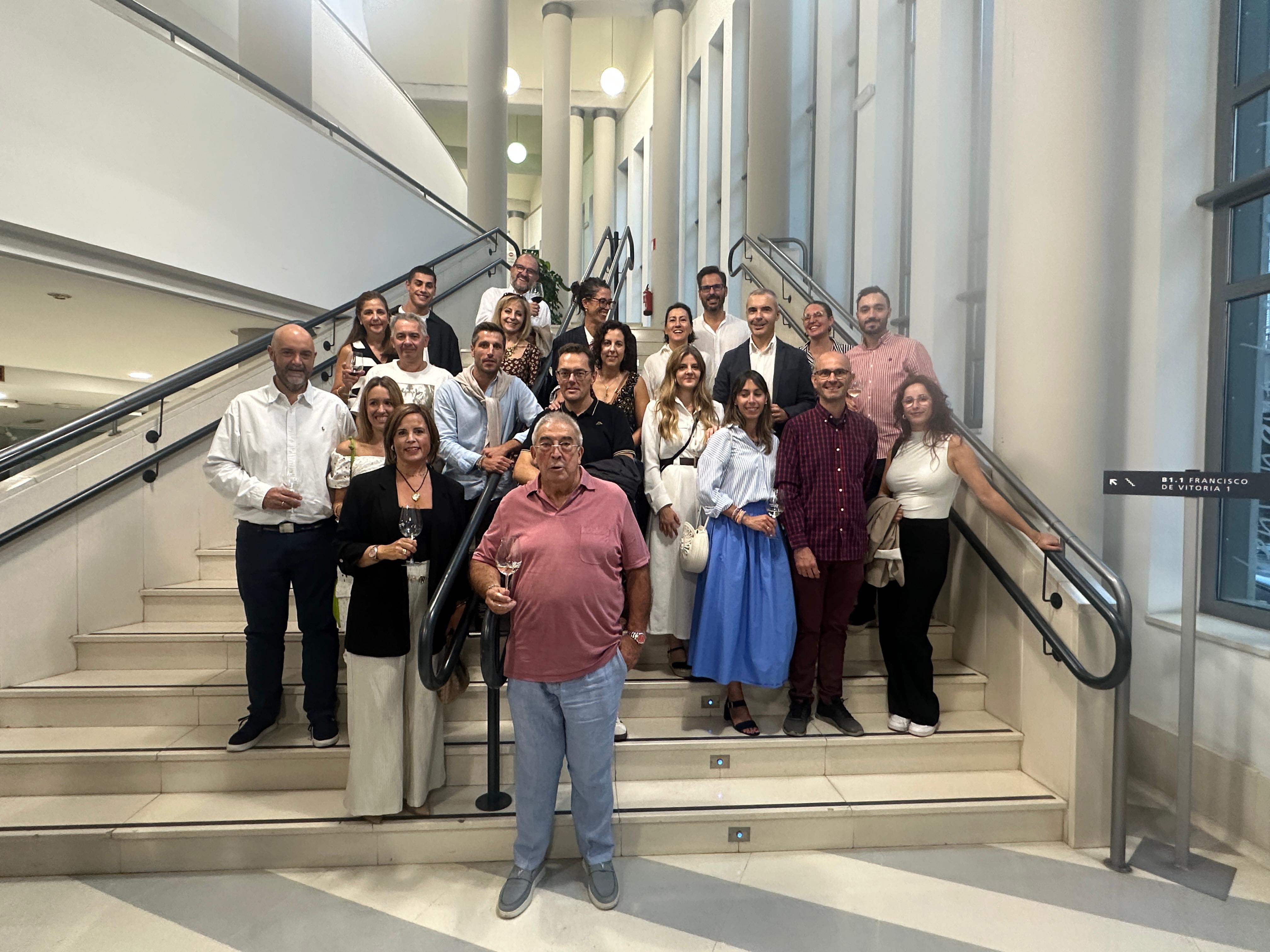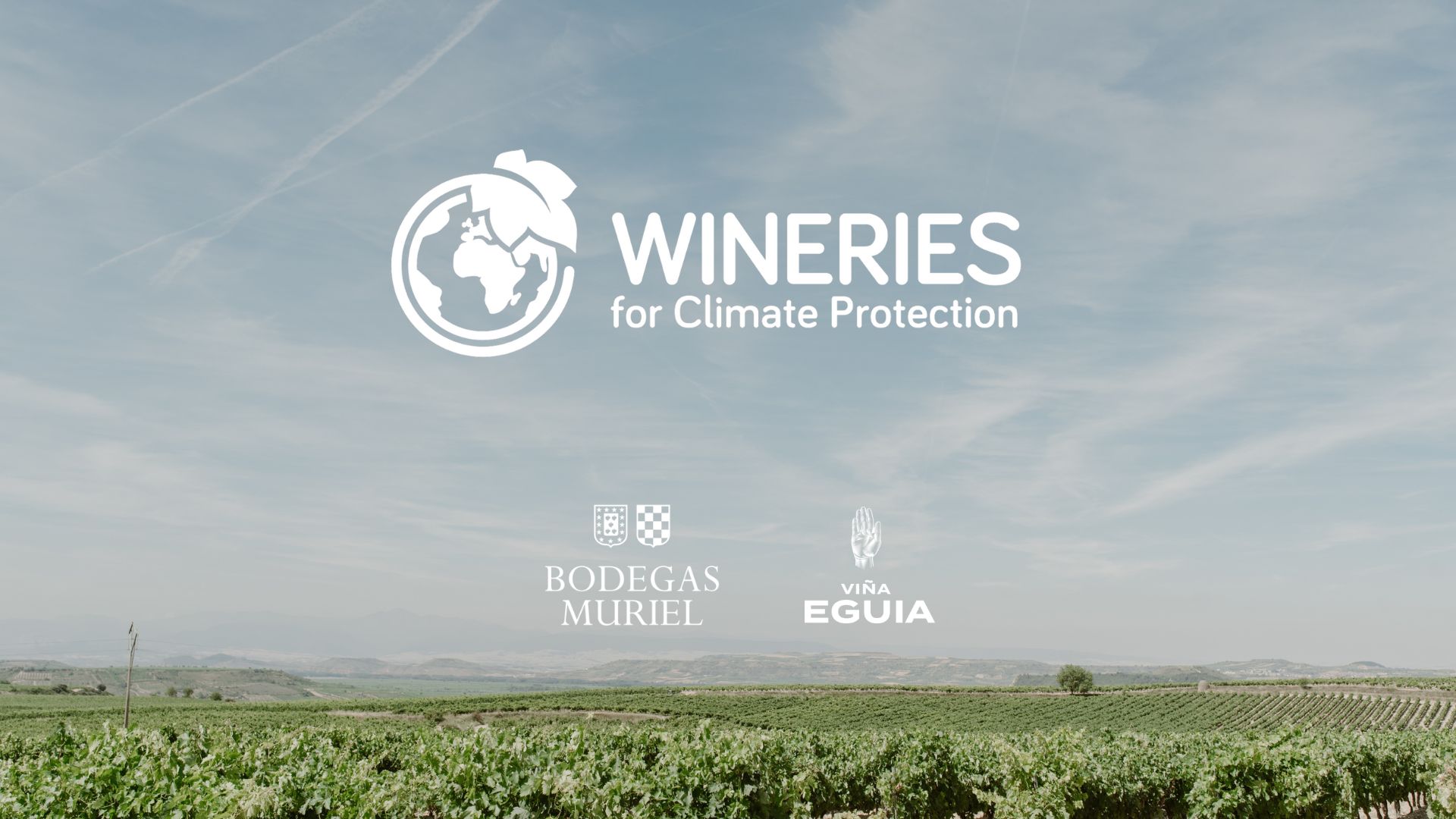Have you noticed how grape bunches look in these hot summer days? Berries gradually veer towards their characteristic final colour abandoning their compact green colour. Black varieties turn purple whereas white varieties become translucent and golden. This change is known as veraison, a key moment in the grapes ripening stages.
Throughout the stages of the vineyard cycle, veraison tends to be patchy. In warmer, earlier ripening areas, it starts as early as July. This happens in the lower parts of our vast vineyard in Yerga, in southwestern Rioja, where the first bunches "like the one in the picture" start to ripen by July 6.

A bit of biochemistry
In botany and agronomy, veraison is a phenological stage in berry ripening. It is visually identified by a change in colour of the epicarp, the outermost layer of the skin.
Veraison is not only found on vines: a great deal of plant species (among them olive trees) also go through this phase, which is basically linked with the metabolism of chlorophyll. The loss of green pigment is followed by an increase of carotenoids or anthocyanins, depending on the cultivars.
The prevalence of one of these pigments determines the change of colour: carotenoids are responsible for the chromatic palette ranging from yellow to orange-red, while colors ranging from red to blue are derived from anthocyanins.
Why is it so important to monitor veraison?
Basically because it is an easy index to check the progress of berry ripening. Veraison could be seen as the start of the countdown to an approximate harvest date, normally 45 to 50 days later. This period of time obviously varies a great deal and depends on factors such as grape variety, climate, vintage weather conditions as well as vineyard orientation and altitude.
In the old days...
In the past, winegrowers tasted the grapes from the start of veraison. Based on the berries' sweet flavour and the gradual drop in acidity, growers determined the start of the harvest.
Given that crops are inherently unpredictable, the science of winegrowing has developed ways to determine the ideal grape ripening parameters. A drop in malic and tartaric acid levels and ripening levels of the grapes, skins are two of them, but undoubtedly the most widespread system is controlling sugar concentration in the grapes. A small portable device called refractometer can determine sugar concentration with the use of just a small amount of must.
In other languages?
In wine growing areas everywhere and in every wine region in the Old World, monitoring veraison closely in the summer is a common practice. Hence the reason why many languages, particularly Latin-based ones, have a word to define the process of berries changing colour. These are the main examples:
In Italian: Invaiatura
In French: Véraison
In Portuguese: Pintor
In Catalan: Verol
In German: Reifebeginn
The French term was adopted into English use and nowadays the word "veraison" (without the accent) is known worldwide. The term "pintorlado" exists in Galician but it is strictly referred to chestnut veraison, according to the Real Academia Galega dictionary. Regardless of language subtleties, it is worth noting that in Rías Baixas, where our Pazo Cilleiro Albariño is made, veraison does not occur in July, as it is usually the case in Rioja, but in August.
Walking among vines during veraison
We finish this post recommending our readers to enjoy a walk in the vineyards during veraison time. It is a special moment and helps us to understand how plants and fruit evolve. The display of colours on the bunches is also a feast for the eyes and one of those graceful moments that nature regales us.
 This photo was taken in July 14, 2017 in El Gallo estate (Elciego, Rioja Alavesa). By that day, less than 10% of grapes had started veraison.
This photo was taken in July 14, 2017 in El Gallo estate (Elciego, Rioja Alavesa). By that day, less than 10% of grapes had started veraison.
You may also be interested in:




